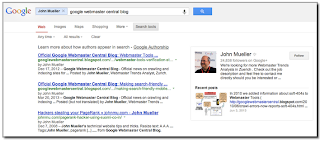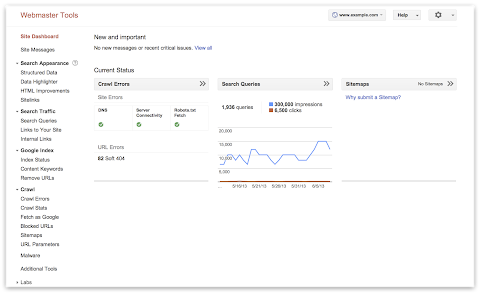Checklist and videos for mobile website improvement
Webmaster Level: Intermediate to Advanced
Unsure where to begin improving your smartphone website? Wondering how to prioritize all the advice? We just published a checklist to help provide an efficient approach to mobile website improvement. Several topics in the checklist link to a relevant business case or study, other topics include a video explaining how to make data from Google Analytics and Webmaster Tools actionable during the improvement process. Copied below are shortened sections of the full checklist. Please let us know if there’s more you’d like to see, or if you have additional topics for us to include.
Step 1: Stop frustrating your customers
- Remove cumbersome extra windows from all mobile user-agents | Google recommendation, Article
- JavaScript pop-ups that can be difficult to close.
- Overlays, especially to download apps (instead consider a banner such as iOS 6+ Smart App Banners or equivalent, side navigation, email marketing, etc.).
- Survey requests prior to task completion.
- Provide device-appropriate functionality
- Remove features that require plugins or videos not available on a user’s device (e.g., Adobe Flash isn’t playable on an iPhone or on Android versions 4.1 and higher). | Business case
- Serve tablet users the desktop version (or if available, the tablet version). | Study
- Check that full desktop experience is accessible on mobile phones, and if selected, remains in full desktop version for duration of the session (i.e., user isn’t required to select “desktop version” after every page load). | Study
- Correct high traffic, poor user-experience mobile pages
How to correct high-traffic, poor user-experience mobile pages with data from Google Analytics bounce rate and events (slides)
- Make quick fixes in performance (and continue if behind competition) | Business case
To see all topics in “Stop frustrating your customers,” please see the full Checklist for mobile website improvement.
Step 2: Facilitate task completion
- Optimize crawling, indexing, and the searcher experience | Business case
- Unblock resources (CSS, JavaScript) that are robots.txt disallowed.
- Implement search-engine best practices given your mobile implementation:
- Responsive design: Be sure to include CSS
@mediaquery. - Separate mobile site: Add
rel=alternate mediaandrel=canonical, as well asVary: User-AgentHTTP Header which helps Google implement Skip Redirect. - Dynamic serving: Include
Vary: User-AgentHTTP header.
- Responsive design: Be sure to include CSS
- Optimize popular mobile persona workflows for your site
How to optimize popular mobile workflows using Google Webmaster Tools and Google Analytics (slides)
Step Three: Convert customers into fans!
- Consider search integration points with mobile apps | Announcement, Information
- Brainstorm new ways to provide value
- Build for mobile behavior, such as the in-store shopper. | Business case
- Leverage smartphone GPS, camera, accelerometer.
- Increase sharing or social behavior. | Business case
- Consider intuitive/fun tactile functionality with swiping, shaking, tapping.
Written by Maile Ohye, Developer Programs Tech Lead







